Nestled in the heart of the southwestern United States, Zion National Park stands as a breathtaking testament to the raw power and beauty of nature. Towering sandstone cliffs, sweeping canyons, and lush vegetation create an idyllic haven for wildlife.
However, beneath this picturesque exterior lies a world where survival is a constant battle, and the inhabitants are far from the docile creatures one might imagine.
In the shadows of this majestic landscape dwell creatures that have adapted to their environment with an edge of danger. From elusive mountain lions that prowl the rocky terrain to elusive rattlesnakes that hide amongst the brush, the park hosts a variety of animals equipped with the tools to thrive and, if provoked, to pose a threat to unwary visitors.
In this article, we delve into the intriguing world of dangerous animals within Zion National Park, uncovering their behaviors, habitats, and the measures in place to ensure both human safety and the preservation of these vital species. Whether you’re an intrepid traveler or an armchair enthusiast, join us as we explore the untamed side of Zion’s wildlife.
Table of Contents
Brief Overview of Zion National Park’s Location and Significance:
Nestled at the junction of the Colorado Plateau, the Great Basin, and the Mojave Desert, Zion National Park is a geological masterpiece located in southwestern Utah. Its awe-inspiring red rock formations, carved by the Virgin River over millions of years, showcase a tapestry of geological history.
Beyond its geological significance, the park also holds cultural importance, with evidence of ancient indigenous settlements and interactions. The diverse landscapes, from lush valleys to towering cliffs, make Zion a magnet for adventurers, nature enthusiasts, and researchers alike, offering a unique blend of natural beauty and historical richness.
Importance of Understanding and Respecting the Park’s Ecosystems and Wildlife:
The dynamic ecosystems of Zion National Park are delicate and intricately balanced. The myriad of plant and animal species, each adapted to specific niches, creates a web of life that sustains the park’s vitality. Visitors have a responsibility to tread lightly, as human impact can disrupt these fragile systems. By understanding the delicate interplay between species and respecting habitat boundaries, we contribute to the preservation of Zion’s ecosystems for generations to come.
The Diverse Ecosystems of Zion National Park:
Zion’s geographical diversity results in a wide range of ecosystems, each with its own unique inhabitants. Riparian zones along the Virgin River support vibrant vegetation, while the alpine heights of the park’s plateaus offer a home to cold-tolerant flora and fauna. The juxtaposition of these ecosystems creates a rich tapestry of life, making Zion a haven for biodiversity.
Interaction with Wildlife in Zion:
Encounters with wildlife are a cherished aspect of visiting Zion National Park. However, these interactions must be approached with sensitivity. While some animals may appear docile, their behaviors can be unpredictable. Respecting their natural behaviors and maintaining a safe distance ensures both human safety and the animal’s welfare.
Dangerous Animals in Zion National Park:
Zion’s allure comes with its share of potential hazards, primarily posed by certain wildlife species. Being informed about these animals’ habits and habitats is essential for visitor safety and the coexistence of humans and wildlife within the park.
Mountain Lions (Puma concolor):
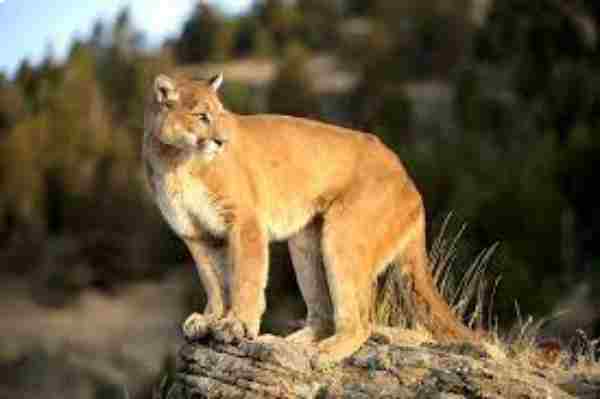
As elusive apex predators, mountain lions inhabit the rugged terrain of Zion. Though rare to encounter, understanding their habits and adopting appropriate precautions can mitigate potential risks.
Desert Bighorn Sheep (Ovis canadensis nelsoni):
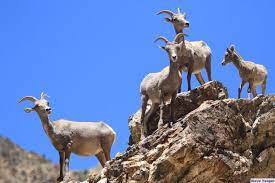
These icons of the desert have adapted uniquely to Zion’s environment. Observing them from afar respects their space while offering insights into their remarkable adaptations.
Western Diamondback Rattlesnakes (Crotalus atrox):
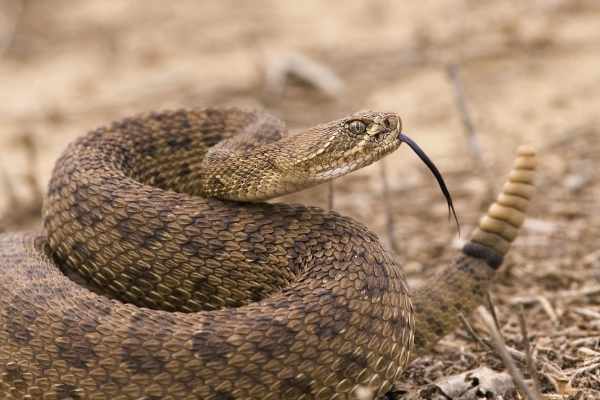
A vital part of Zion’s ecosystem, these venomous reptiles necessitate understanding and caution. Familiarity with their habitats and behaviors helps minimize potential conflicts.
Black Bears (Ursus americanus):
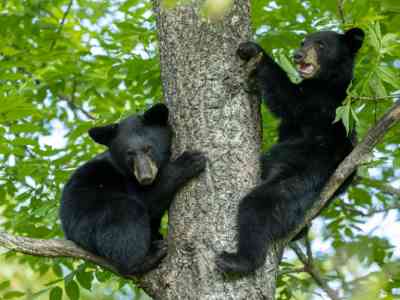
Despite their infrequent presence, black bears require vigilance. Adhering to food storage guidelines and giving them a wide berth contributes to peaceful coexistence.
Peregrine Falcons (Falco peregrinus):
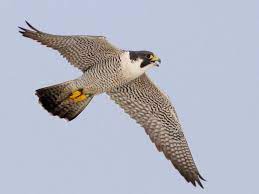
Nesting along Zion’s cliffs, peregrine falcons exemplify nature’s mastery. Respecting their nesting sites preserves their habitat and allows us to witness their incredible hunting prowess.
Responding to Wildlife Encounters:
In the event of a wildlife encounter, staying calm and following established guidelines is paramount. By keeping a respectful distance and avoiding abrupt movements, we safeguard both human well-being and the animals’ natural behaviors.
Conservation and Coexistence:
Zion’s preservation is a shared endeavor. Implementing sustainable practices, such as adhering to Leave No Trace principles, proper waste disposal, and reporting wildlife sightings responsibly, underscores our commitment to safeguarding the park’s ecosystems.
Conclusion:
Zion National Park stands as a testament to the intricate dance between nature and time. Beyond its mesmerizing landscapes, the park is a sanctuary for diverse life forms, each contributing to the grand tapestry of existence. As we tread upon its trails and marvel at its wonders, let us be diligent stewards of this delicate balance. By approaching the park with reverence, awareness, and an eagerness to learn, we ensure that future generations can continue to explore, appreciate, and respect the captivating wilderness that is Zion.
Reference:
- https://zionnationalpark.net/wildlife
- https://www.nps.gov/zion/learn/nature/rattlesnake.htm
- https://zionnationalpark.net/tips-safely-hiking-zion-national-park/

Jeevan Kodiyan
An animal enthusiast with an interest in zoology, studying the behavior and activities of animals in the wild habitat. I work on research projects related to species conservation and endangered species protection. I also leverage zoology to become an educator, educating others about the importance of protecting our natural environment and the beauty of animals in their natural habitats.









